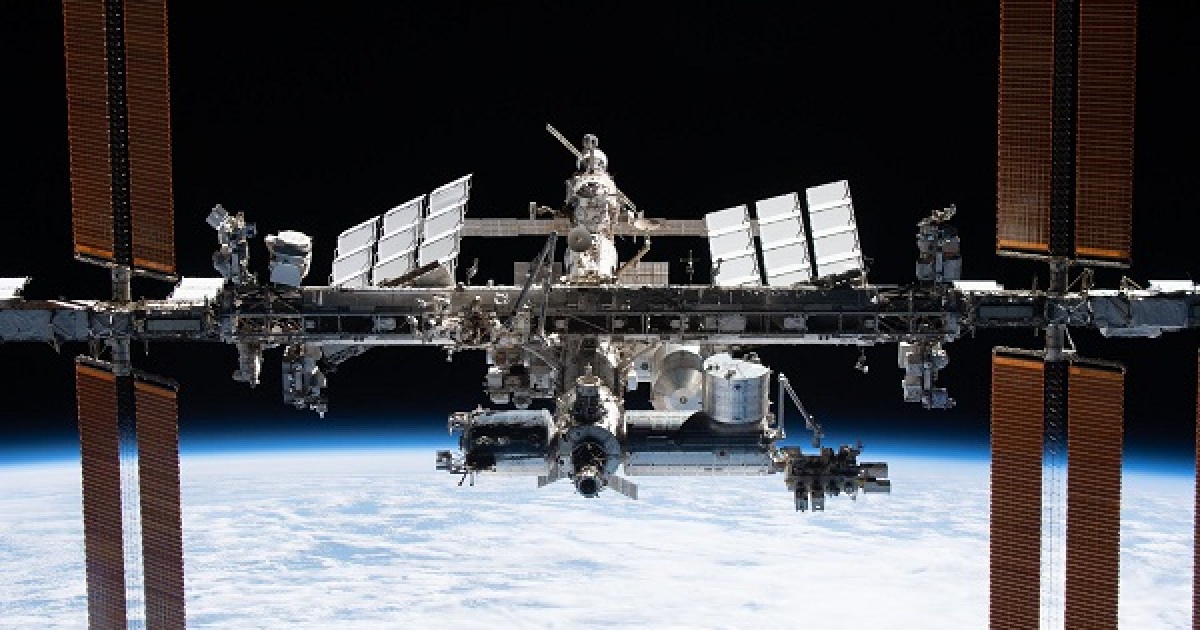
If NASA is ever to achieve human missions to Mars and beyond, astronauts will have to drink recycled fluids as weight and space restrictions mean that transporting fresh water isn’t feasible.
It’s why NASA engineers have been developing a system to recover water by recycling astronauts’ breath, sweat, and urine using a system of filters and processors.
Different versions of the machinery have been used on the International Space Station (ISS) for years, and NASA recently announced a breakthrough where as much as 98% of astronaut fluids are now able to be recycled to produce drinkable water, up from the previous recovery level of 94%.
The feat is achieved using the station’s Environmental Control and Life Support System (ECLSS), comprising various pieces of hardware that include the Water Recovery System and the Water Processor Assembly.
Another subsystem, the Urine Processor Assembly (UPA), recovers water from urine using vacuum distillation.
“Distillation produces water and a urine brine that still contains some reclaimable water,” NASA said. “A Brine Processor Assembly (BPA) developed to extract this remaining wastewater has been on the space station as a demonstration of its operation in microgravity. Recent assessments found that the BPA helped the system achieve the 98% water recovery goal.”
Christopher Brown, part of the Johnson Space Center team working on the orbital outpost’s life support system, described the recovery level as “a very important step forward in the evolution” of such systems, explaining: “Let’s say you collect 100 pounds of water on the station. You lose two pounds of that and the other 98% just keeps going around and around. Keeping that running is a pretty awesome achievement.”
The team admits that the idea of drinking recycled urine might not sound particularly attractive to some folks, but it claims that the water produced by the system is “far superior” to that produced by municipal water systems.
“The processing is fundamentally similar to some terrestrial water distribution systems, just done in microgravity,” said Jill Williamson, ECLSS water subsystems manager. “The crew is not drinking urine. They are drinking water that has been reclaimed, filtered, and cleaned such that it is cleaner than what we drink here on Earth”
She added that the inability to perform resupply missions during long-duration flights to deep space means that a crew has to have the ability to reclaim all the resources that it needs on these missions. “The less water and oxygen we have to ship up, the more science that can be added to the launch vehicle,” Williamson said. “Reliable, robust regenerative systems mean the crew doesn’t have to worry about it and can focus on the true intent of their mission.”
And to give you an idea of what astronauts are already consuming in space, NASA said that during his year-long ISS mission in 2015/2016, astronaut Scott Kelly drank 730 liters of recycled sweat and urine. And not just his own.
Editors’ Recommendations
Services Marketplace – Listings, Bookings & Reviews
